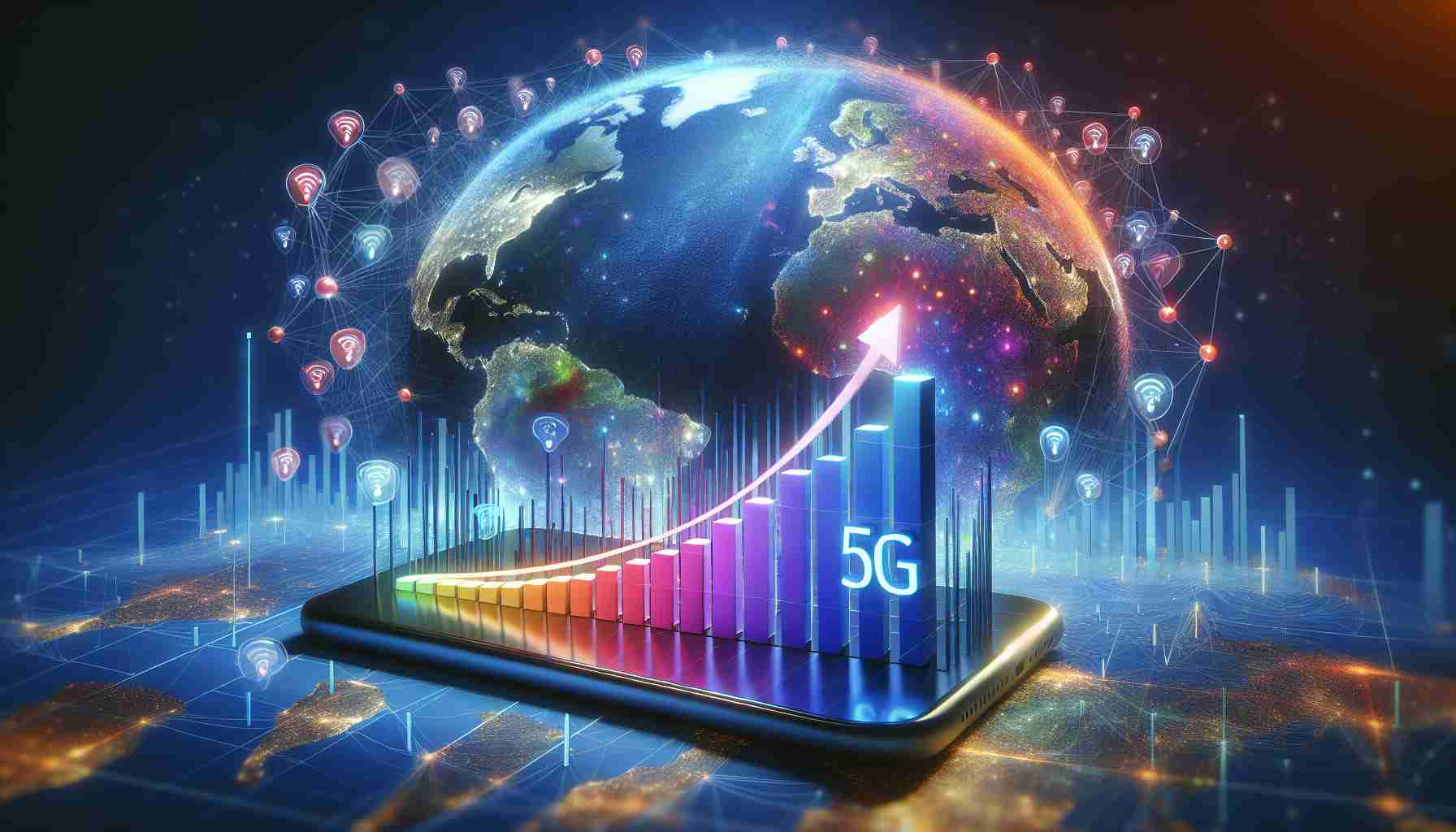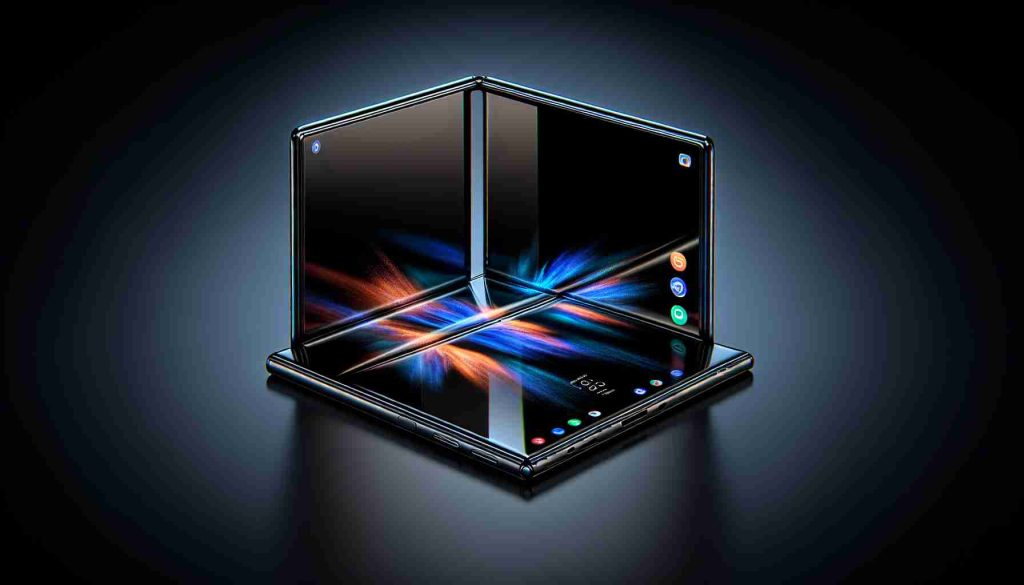Recent data from a market research service highlights a significant increase in 5G smartphone shipments worldwide, projected to rise by 20% in the first half of 2024 compared to the previous year. In a notable shift, India has surpassed the United States to become the second-largest 5G smartphone market globally, trailing only behind China. As the 5G technology makes its way into more budget-friendly devices, the share of 5G smartphones in total shipments has crossed the 50% mark for the first time.
Latin America and the Caribbean (CALA) are emerging as the fastest-growing regions for 5G shipments. In this area, shipments accounted for 14% of the global net gain in 2024’s first half, driven primarily by robust demand in key markets like Mexico and Brazil. Apple’s continued dominance in the 5G sector holds an impressive market share of over 25%, while Samsung closely follows with a significant presence from its Galaxy A and S series.
Major brands like Xiaomi and Vivo have also experienced remarkable growth rates fueled by strong sales in India and other emerging markets. The demand for affordable 5G options has intensified as consumers view these devices as essential upgrades. Forecasts suggest that as 5G technology proliferates and networks expand, the contribution of 5G smartphones to the overall market may exceed 54% early next year, with expectations of continued growth into 2025.
Surge in Global 5G Smartphone Sales as New Markets Emerge
The mobile telecommunications landscape is undergoing a dramatic transformation as 5G technology becomes increasingly accessible around the world. With a notable surge in global 5G smartphone sales, consumers are embracing this new technology as it begins to permeate various markets. The latest reports indicate not only a significant increase in sales but also the emergence of new geographies as vital players within the 5G ecosystem.
Key Questions and Their Answers
1. What are the new markets driving 5G smartphone sales?
New markets such as Africa and Southeast Asia are rapidly emerging as front-runners in the adoption of 5G smartphones. Countries like Nigeria and Indonesia are witnessing a technological leap, where consumers opt for 5G devices to access faster internet speeds and better connectivity, despite previous reliance on 4G LTE networks.
2. Why is 5G technology appealing to so many consumers?
5G technology offers faster download and upload speeds, lower latency, and the capability to connect more devices simultaneously. This appeal is particularly strong in regions where mobile internet is a primary means of connectivity.
3. What are the challenges facing 5G smartphone adoption in emerging markets?
Major challenges include limited 5G network infrastructure, the high cost of advanced smartphones, and varying consumer awareness about the benefits of 5G technology. Additionally, regulatory hurdles and lack of investment in tech infrastructure can slow down the adoption rate.
Advantages of 5G Smartphone Adoption
– Improved Connectivity: 5G technology drastically enhances internet speeds, allowing for seamless streaming, gaming, and video conferencing in areas lacking reliable broadband.
– Increased Capabilities of Devices: Smartphones equipped with 5G can support a broader array of applications, including augmented reality (AR) and virtual reality (VR), which require higher bandwidth.
– Economic Benefits: The increase in smart device adoption can facilitate new business models and services, potentially leading to economic growth in regions where 5G networks establish themselves.
Disadvantages of 5G Smartphone Adoption
– High Initial Costs: Despite the growing availability of budget 5G smartphones, the initial investment can still be prohibitive for consumers in developing economies.
– Infrastructure Gaps: Many countries face gaps in infrastructure, limiting the effective rollout of 5G networks. This can lead to consumer disappointment if devices are purchased, but the expected speed and connectivity cannot be delivered.
– Health Concerns and Controversies: Ongoing debates surround the health implications of 5G technology, although scientific evidence continues to affirm its safety.
Looking Ahead
As many countries develop their telecommunications infrastructure, the anticipated growth of 5G smartphones could reshape economic landscapes and consumer behavior significantly. The demand for affordable devices coupled with expanding network availability will likely result in increased sales, further solidifying 5G technology’s position in the global market.
For more in-depth information and updates on mobile technology, consider visiting the following resources:
– GSMArena
– Mobile World Live























